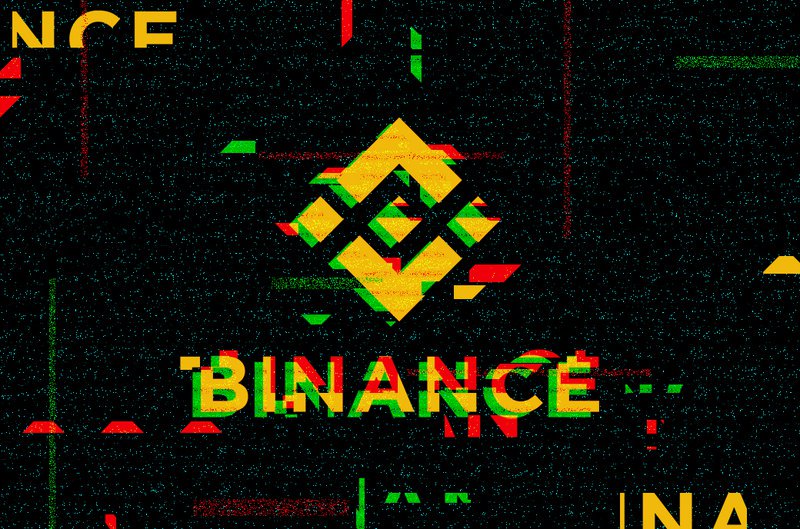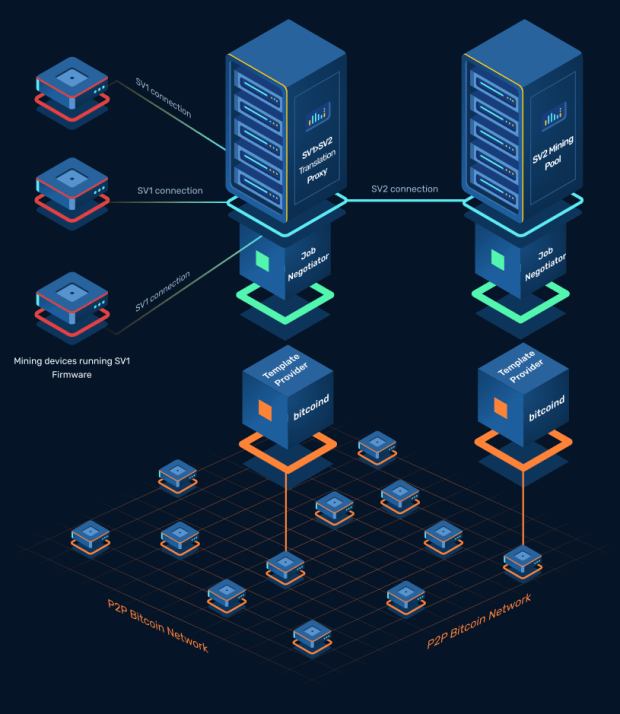Not Your Node, Not Your Validation

Part 1: The Redundant Reminder Of Node Redundancy
“It won’t succeed unless the user experience is simply better than trusted third parties, but we need to start the education process with the very basic fundamental: trusting a third-party with full access to your Bitcoin is just replacing one centralized banking system with another.”
Eric Martindale
For those in the crypto space who are relatively versed in Bitcoin language, we’ve all heard the proverbial “run your own node” preached throughout Bitcoin literature many times. It’s synonymous and up there with “not your keys, not your crypto” or “HODL.”
Regardless if they are adhered to by the crypto community, they do hold their own merit and ways of conjuring up regret at the worst moments. Human nature tends to make the same mistakes again; Mt.Gox, QuadrigaCX, OKEx, etc.
Then why do we continue to keep falling into the same mistakes time after time?
Because of ease. It’s very easy to open an account with a centralized exchange and keep your bitcoin on there. It’s also extremely easy to buy high and sell low when the concomitant FUD infiltrates our decisions.
But one area of the Bitcoin ecosystem that really hasn’t captured too much retail attention, let alone usage, is running your own bitcoin node. It’s one of the few areas of bitcoin that has not been “institutionalized” or “monetized.” For good reason though, as it’s not supposed to generate monetary incentives. Rather, it consumes costs that are somewhat linear to blocks mined. It was designed to be grown in a grassroots manner rather than the other financially-motivated areas of mining, trading and custody.
When one runs his/her own node, they don’t have to rely on a third party to broadcast, propagate, validate and confirm their transactions. They are completely self-sovereign in this manner.
Therefore, to take the earlier mentioned “not your keys, not your crypto,” idiom, the same spirit can be applied as “not your node, not your validation.”
As the crypto community embraces the third bitcoin bull run, the inevitable next generation of Bitcoin believers will venture down the rabbit hole. This will undoubtedly put more demand, and possibly strain, on third-party services that are already in place ranging from wallet providers, exchanges and even on the mining network. Subsequently, this will also naturally demand an increase of the amount of nodes running. But by whom?
“Members of the bitcoin community seem to be losing interest in hosting full nodes. And it’s something to pay attention to, because over time it might mean that the major companies in the industry may have to pick up the slack.” – Daniel Cawrey
The bitcoin community can be divisive at times between the amount of redundancy of having a certain amount of nodes in the network. Does it help the network or does it help the individual?
It’s isomorphic.

But the key word here is “redundancy.” As in the same ecosystemic redundancy witnessed in nature.
Parrotfish is a species that feeds on the small algae of bio-rich corals under sea. This act alone is essential for the survival of corals to flourish on a seabed full of rivals. In a scenario when the parrotfish species dies out, a collection of other similar functioning species, such as the surgeon fish and rabbitfish, are there to fill the void. This redundancy in terms of our natural ecosystem provides a gradation of resilience to the system as a unit.
Another example that supports this redundancy in biodiversity is seed dispersion done by a range of differently-sized species, which is pervasive in any forest throughout the planet. If one subset of species goes extinct, another subset can fill that void without any downtime. But there is a more precarious caveat in which the extinction of the larger species in size have been researched to inhibit a larger disturbance to the local ecosystem versus its similarly-functioning small species.
“…larger species in size have been researched to inhibit a larger disturbance…”
In short, redundancy manifests the proverbial “don’t put all of your eggs in one basket. ”And it’s this redundancy, which can also be conflated with diversity (we’ll use both terms interchangeably in this piece to make a general point), that is essential to the systems of nature, society, machines, governments, etc.
When the first string quarterback goes down with an ACL tear, the second string man comes up, who might perform even better. When a subset of Bitcoin nodes suffers some internet outage, the rest of the nodes can easily pick up the slack of validating transactions. It’s a form of risk insurance on network threats. It’s fault tolerant. And this gets cheaper as more smaller individuals run nodes, rather than placing them in the hands of bigger players prone to centralized attacks.
The sentiment has been preached throughout the corners of the crypto world and it is crystal clear: Everyone should run their own node. But it will take some more education, easy-to-use tools or, god forbid, another type of accidental chain fork to wake the masses. By providing users with an all-in-one node kit setup (more at the end), the ease and importance of running a node will be galvanized.
The ubiquity of nodes is not yet present. But the rush of a seemingly hazardous government interest can be the cataclysm that the network needs to push beyond its reach. This could also be characterized as that diversity, or network resiliency.
On that note, attempts at placing nodes in space are still works in progress (although Blockstream’s satellites can be considered “close enough” at the moment).
We’ve always been functioned to strive for maximum efficiencies, but the value of redundancy and diversity is higher, though at the sacrifice of costs.
“The resource requirements of a full node are moving beyond the capabilities of casual users. This isn’t inherently a problem – after all, most people don’t grow their own food, tailor their own clothes, or keep blacksmith tools handy in to forge their own horseshoes either.”
Justus Ranvier
To circle back to the beginning, ease has subsequently led to reliance. Reliance can be misconstrued as laziness or even lack of knowledge. These characteristics are prime meat for entities in taking care of things for you, in more ways than one. But running nodes is one area of the Bitcoin ecosystem we don’t want institutions to start pouring in to. Hypothetically, if that ever happens, then they dictate your transaction validations. And in the context of ecosystemic redundancy, as Marten Scheffer of Wageningen University has stated, “While redundancy may be the rule in smaller creatures, the functional uniqueness of larger ones could imply that they are often the Achilles heel for ecological functioning.”
Part 2: What Is The Node Ecosystem Like Now?
Currently and historically, capturing an accurate number of the bitcoin full nodes that are up and running has been a less than perfect science. According to bitnodes.io, which is a community-developed platform still in beta, there are close to 11,000 nodes running a full node client. This number is what it deems as “reachable” or, as others would more accurately say, “listening nodes.” Other sources, including Luke Dashjr, have stated that the number of nodes is much larger, in the area between 50,000 and 100,000, maybe more, which includes private nodes.
In the chart seen from coin.dance, the number of nodes more than doubled after the 2017 bull run, from around 5,000 to a current reading of over 10,000. Although there is no perfect linear relationship between the amount of transactions and number of nodes, the trend is clear.
Running a full node can be complex and daunting for users. And, unlike miners, node operators don’t receive transaction fees or rewards. There are some costs attached to running a node, although miniscule, which include having extra disk space and internet bandwidth. These costs may be miniscule, but they could increase as the bitcoin transaction history increases.
Besides going the direct raw route and downloading the Bitcoin Core software with some complexity and limited features, there have been a host of providers out there providing Bitcoin full node products that not only allow you to sync the whole transaction history of blocks, but provide a plethora of features such as multisig, Tor, user-friendly UI, Lightning Network full nodes, the necessary hardware and more. The most notable providers are Casa Node, Nodl One, Lux Node, BitBoxBase, myNode, Umbrel and even the HTC Exodus 1 mobile solution.
These different providers are the redundancy we need that also can exhibit small beneficial nuances related to diversity in form, speed and resilience to disturbances in the network.
Sources:
- https://www.sciencedaily.com/releases/2015/10/151008142620.htm
- https://www.nature.com/articles/s41559-018-0519-1
- https://www.coindesk.com/bitcoin-nodes-need
- http://luke.dashjr.org/programs/bitcoin/files/charts/security.html
- https://bitcoinmagazine.com/articles/buy-or-diy-an-overview-of-7-bitcoin-full-node-products
This is a guest post by Eric Choy. Opinions expressed are entirely their own and do not necessarily reflect those of BTC Inc or Bitcoin Magazine.
The post Not Your Node, Not Your Validation appeared first on Bitcoin Magazine.









